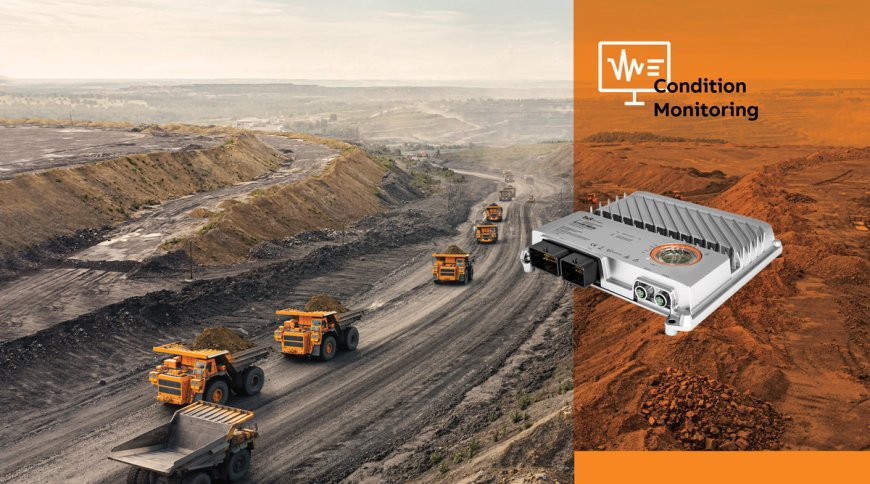Digital Transformation in Mining: Enhancing SAFETY and PRODUCTIVITY

The mining industry is undergoing a transformative revolution, driven by automation and innovative technology. This shift prioritizes sustainability, safety, and efficiency, enabling machines to operate autonomously in challenging conditions. Automation is starting to take center stage since it enables machinery to operate in harsh conditions with little assistance from humans, improving productivity and safety. As vehicle manufacturers concentrate on creating environmentally friendly solutions, there is a rising emphasis on energy efficiency and carbon reduction. The efficiency, safety, and overall performance of diverse mining equipment are improved by machine control systems. These machines also go through a lot of wear and tear, thus predictive maintenance helps to reduce downtime by anticipating equipment faults before they occur. Driven by rising investments in the mining sector, the mining equipment business in India is expanding rapidly each year. Global players are establishing factories and preparing for the anticipated increase in demand. Some of them have revealed grand ambitions for India, and top Indian companies are bolstering their current businesses and venturing overseas as well. Thus, with a purpose growing industry, machine control technology is proving catalyst for the mining machine manufacturers. As, they lay their hand in bringing innovation and cut edge technologies to their shop floor.
Digitalization is on the rise
The industrial internet of things (IoT) is emerging with a plethora of technologies, including web-based, intuitive graphical user interfaces (GUIs), telematics, fleet management, advanced and simplified diagnostics, remote access, and advanced maintenance procedures. The Industrial Internet of Things reduces repair costs, maximizes production, enhances preventive maintenance, and minimizes downtime. The mobile equipment’s embedded sensors assist in identifying and transmitting alerts pertaining to the condition of the equipment and system components. Effective time management is crucial for any project. When using off-highway equipment, any delays, interruptions, or downtime can have serious financial consequences. The use of heavy machinery, including tractors, bulldozers, loaders, scrapers, forklifts, cranes, and mining equipment, is crucial. These vehicles’ sensors allow for the monitoring of important maintenance problems such excessive vibrations, temperature swings, needless noise, lubrication needs, greasing needs, etc. and give fleet owners and operators useful information on which to base decisions. Maintenance engineers can prevent crucial equipment failure by taking proactive measures upon identifying anomalous patterns. Predictive maintenance can help vehicle manufacturers avoid needless and unforeseen project delays while also saving time and money.
Predictive maintenance made easy
Operators of mobile machines and equipment can keep an ongoing eye on the state of their equipment, thanks to the X90 controller’s integrated condition monitoring feature. The outcomes aid in pinpointing the precise parts that need maintenance and when. Early problem detection allows for problem correction prior to unscheduled downtime. Alternatively, repairs can be scheduled to align with routine maintenance appointments. Optimizing maintenance cycles is made possible by the simulation model’s capacity to include actual machine data from the field. When one compares the behavior of the real machine with the model, early warning indicators of failure, like worn or damaged bearings, can be found. MATLAB/Simulink is used to prepare and preprocess data before it can be sent to the cloud via a B&R Edge Controller.








